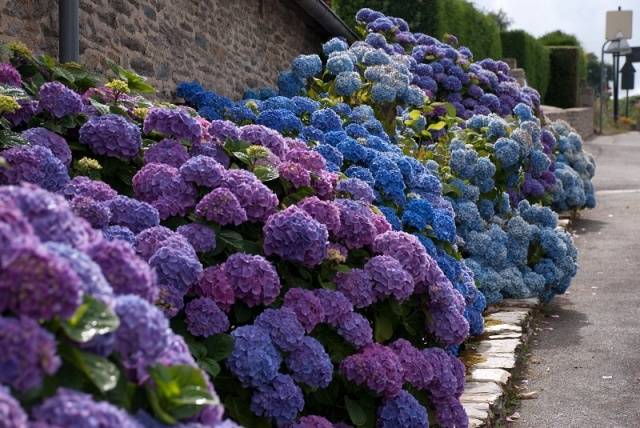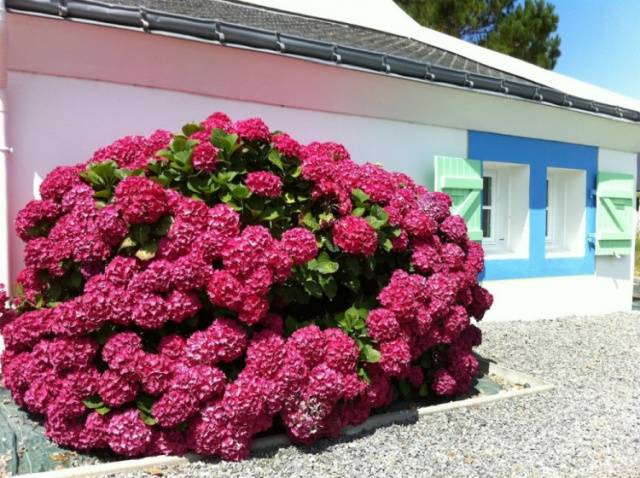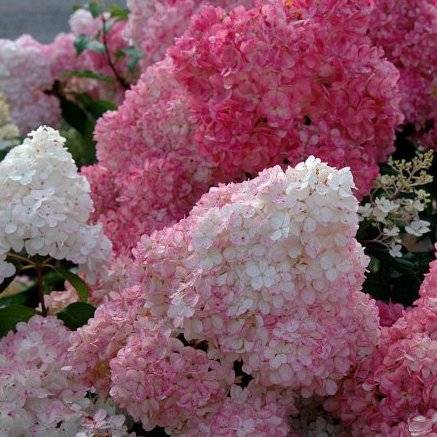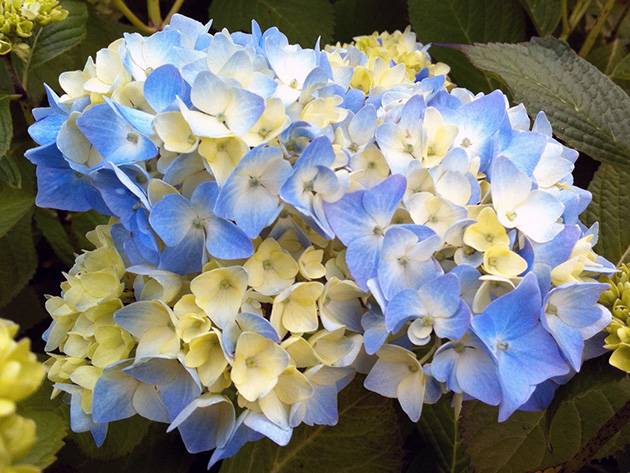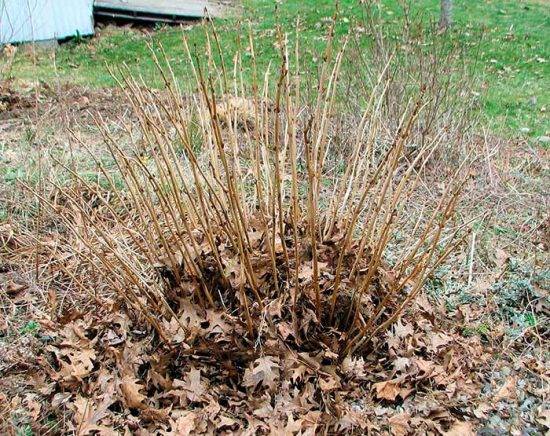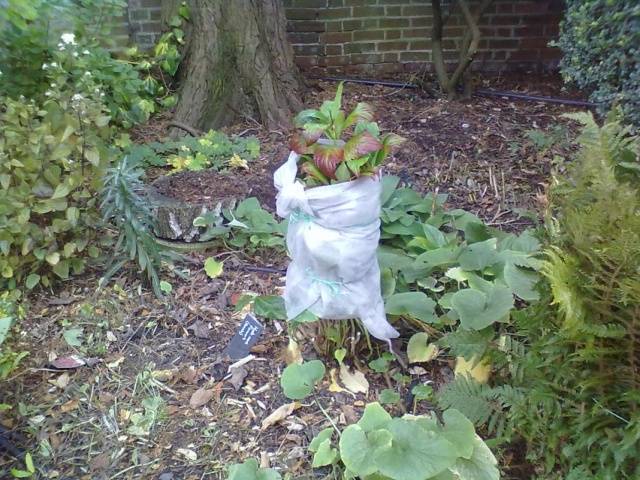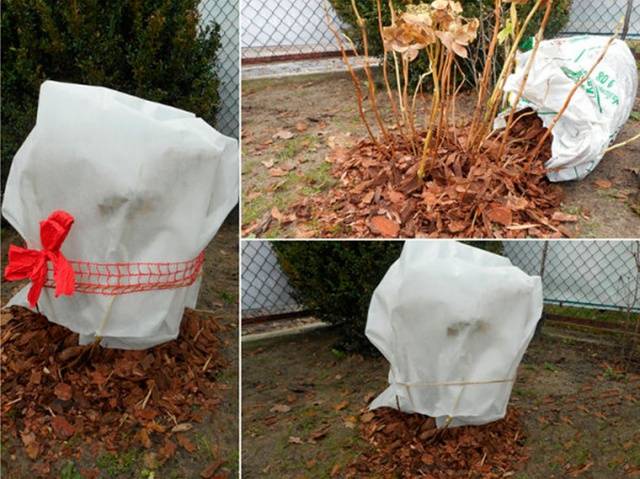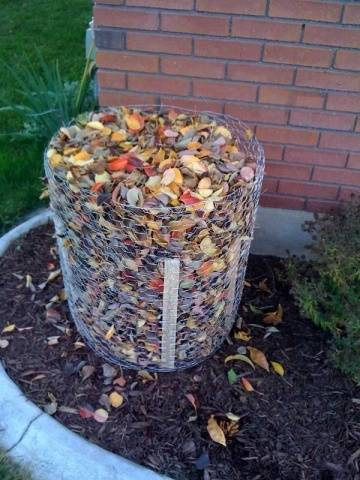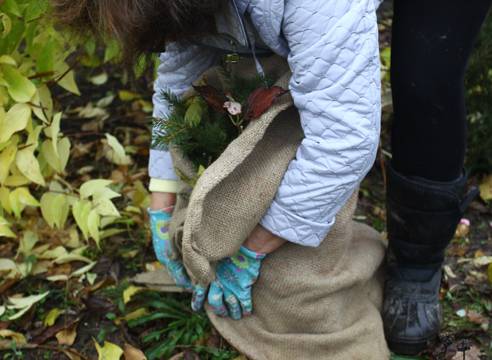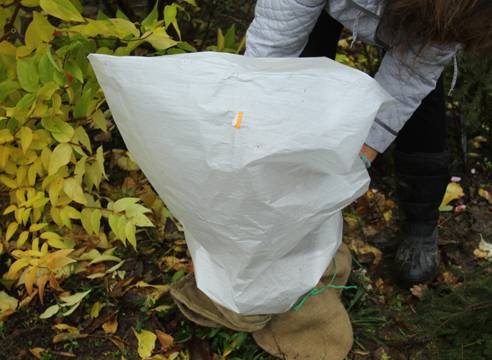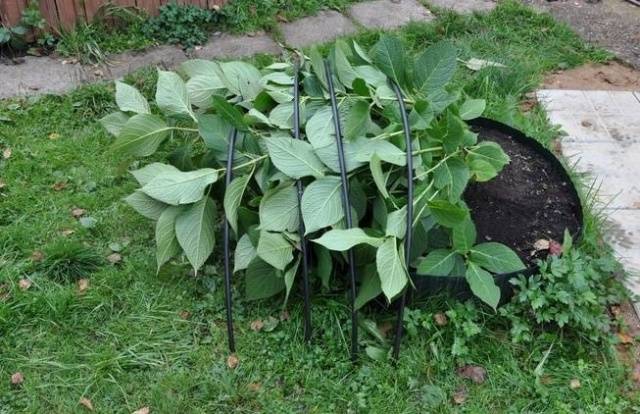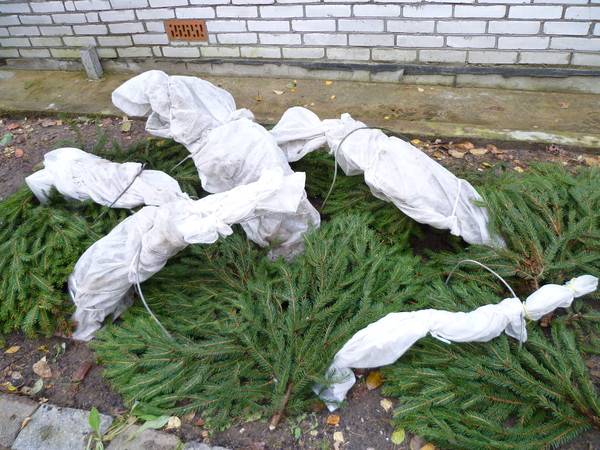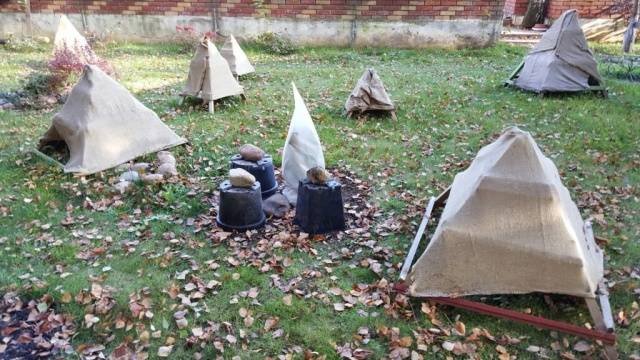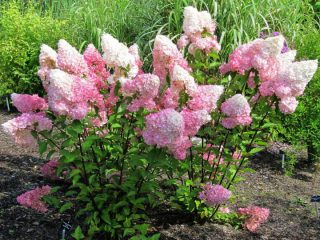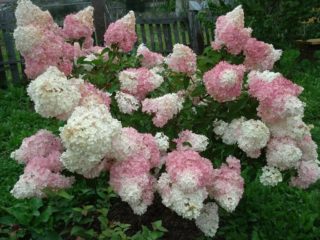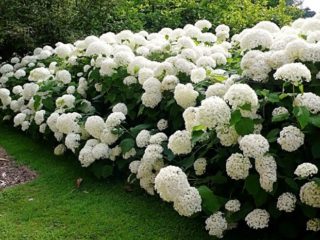Content
Bright, lush clusters of blooming hydrangeas leave no one indifferent. And no wonder. After all, this beauty blooms from spring to late autumn, decorating paths, gardens, flower beds. It's just that it's sometimes difficult to achieve exuberant flowering. And the thing is that this thermophilic beauty reacts sharply to any deviations in violation of the rules of care. The homeland of hydrangea is China and Japan. It is there that the largest number of species and varieties of this shrub was bred and grows.
Only now the climatic conditions in these countries are strikingly different from the severe Russian frosts. Therefore, the conditions for growing and caring for hydrangea in Russia are becoming much more complicated. The debate among gardeners about whether a shrub needs shelter and how to cover a hydrangea for the winter has been going on for several decades. There is no definite answer to this day. The reason is trivial - the climate is different in different regions of our large country. The peculiarities of growing different varieties of hydrangea are also different. Let's take a closer look at both aspects.
Should I cover the hydrangea in the fall
Do I need to cover the hydrangea for the winter? There is no definite answer to this question for two reasons:
- Different varieties of hydrangeas tolerate temperature drop and drop in different ways.
- Climatic conditions in each region of Russia are very different.
Therefore, immediately before the shelter, read the detailed information about the frost resistance and the characteristics of growing a particular plant variety, as well as about the climatic conditions and the amount of precipitation specifically in your region. This will help you make the right decision about how to choose a hydrangea shelter for the winter.
Winter hardiness of different varieties
Of all the varieties of hydrangea, the large-leaved one most needs shelter. It does not have sufficient frost resistance, and therefore it must be covered with special care and diligence. Many gardeners, even with a high-quality shelter, find several frozen young shoots in early spring. This must be taken into account when carrying out autumn work on the care of hydrangeas. Additional protection from frost is given to hydrangea bushes by snowdrifts. The height of the snow blanket can be up to 70 cm, but take into account the age and growth of the plant so that the branches do not break under the weight of the snow.
But tree varieties are more frost-resistant. They can easily endure winter frosts down to –25˚C –30˚C without a sufficiently warm shelter. But the minimum shelter is still better for her. To do this, before freezing, you need to rake the bush and mulch the trunk circle. At the same time, it is still desirable to bend the shrubs to the ground after the autumn pruning.
Panicle hydrangea can be found quite often in personal plots due to its high frost resistance and unpretentious care. It perfectly tolerates frosts down to -30˚C with minimal cover - a mulched trunk circle that protects the root system from freezing.
By the way, in both paniculate and tree hydrangea, young shoots can freeze under such a shelter. But in both varieties, the shrubs quickly recover after severe frosts.
Hydrangea age
The age of hydrangea bushes is also an important factor.The fact is that young seedlings have not yet adapted to local climatic conditions, especially if they were brought from another region, or ordered by mail. Hydrangea bushes need at least 5 years to fully adapt.
Even if the seedlings are grown in your area or even on your site, they are still very weak and will not survive the harsh winters well without your help. Up to at least 4 years of age, hydrangea bushes of any variety need careful shelter.
Climatic conditions of the growing region
The climatic conditions in each region are very different. Therefore, such an important stage in care as the shelter of hydrangeas for the winter must be approached carefully and deliberately. In addition to the variety and age of the plants, it is necessary to take into account what the low temperature limit in your region is in the winter, as well as how much snow falls throughout the winter.
If the winters in your area are warm, then a hydrangea shelter is not required, a small mulch layer under the bushes is enough. But this is only if the minimum temperature in winter is –10˚С –1 5˚С. These indicators are typical for the southern regions of Russia.
When the temperature drops below –20˚С –25˚С, you need to take care of more careful protection of the shrub. In this case, it is still advisable to cover the hydrangea shrubs. This temperature regime is typical for the regions of central Russia and the Moscow region.
But if winter frosts in -35˚С -45˚С are the norm for your area and this temperature can hold for several weeks, you need to approach the shelter process with special diligence and provide the bushes with the most reliable protection. Such severe frosts are not uncommon for residents of the Urals and Siberia.
When choosing a shelter, it is important to remember that the flowering of a shrub directly depends on how well it will endure the winter. At the slightest freezing, there is a possibility that the bushes will stop blooming. This fact has been repeatedly recorded by experienced experts and gardeners.
Hydrangea shelter methods
Before solving the urgent problem: is it worth covering the hydrangea in winter and how to do it correctly, it is important to familiarize yourself with the basic methods and choose the most suitable one, depending on the plant variety and place of growth. There are two types of shelters: with branches bending to the ground and in a standing position.
Shelter material
When choosing a method and materials, it is important to adhere to one rule: it must be breathable. In this, the hydrangea is very demanding. With a small accumulation of moisture under the material, debate and rotting of branches and shoots inevitably begin.
Here is just a small list of insulation materials that are suitable for this purpose:
- Sawdust;
- Dry foliage;
- Lapnik;
- Sackcloth;
- Spunbond;
- Lutrasil;
- Old jackets, blankets;
- Roofing material.
But it is better not to use these materials when hiding a hydrangea:
- Polyethylene film;
- PVC bags.
They interfere with air exchange, the plant practically does not breathe.
We bend the branches
Usually, when preparing plants for winter, gardeners use materials at hand. If you decide to insulate your shrubs by bending branches and shoots to the ground, it is important to remember that shoots cannot be laid directly on the ground. It is necessary to lay a heat-insulating layer under them, which will protect the branches from wet soil and freezing. Old boards or spruce branches are best suited for this. The main thing is that the boards are dry, without any signs of decay.
Here are just a few tips to help you cover your hydrangea for the winter:
- On the boards in advance, nail large nails in several places. When laying the branches of the hydrangea, tie them to the nails.Throw pine or spruce branches on top, you can cover the bent shoots with dry foliage. To prevent this structure from scattering at the first gusts of wind, cover the hydrangea with burlap or lutrasil. This method is great for hiding hydrangeas for the winter in the Moscow region.
-
Many gardeners use small metal staples or hooks to secure the shoots bent to the ground. Otherwise, all actions are similar to the previous method.
- This method using sawdust and roofing material is the most reliable. Lay spruce branches, boards or dry foliage on the ground. Lay the branches of the hydrangea on top in small bunches. On top, lay another layer of spruce branches, then cover with burlap. Fill everything with sawdust, and lay the roofing material tightly on top. This method is most suitable for the Ural region and Siberia, where severe frosts are not uncommon.
With the arrival of spring, hydrangea bushes need to be freed gradually, removing from the branches layer by layer at regular intervals.
Shelter hydrangea without bending branches
Not every hydrangea variety can boast of shoot flexibility. In this case, the shrubs are covered without bending the shoots to the soil.
- As far as possible, tie the branches of the shrub with rope into one large bundle.
- Wrap it in lutrasil in a layer or two.
- Around the bush, install a frame made of scrap material, it is important that its surface is mesh. A metal or plastic mesh is good for this purpose. In height, the frame should be 15-20 cm higher than the bush.
- Fill the resulting cylinder or pyramid with dry foliage to the very top. The entire structure must be covered with spandbond, lutrasil or burlap. If the winters in your area are frosty, cover the bushes with additional roofing material.
If the construction of the frame is a difficult task for you, you can use ready-made structures. Their installation will not take much time, moreover, they are designed for many years of use and greatly facilitate the hard work of gardeners.
In this video you will see how to properly cover the hydrangea
Conclusion
As mentioned earlier, hydrangea reacts very sharply to lack of attention and care. And most often this is immediately reflected in flowering. Take the time and effort for this, even a capricious and whimsical plant, and it will certainly thank you with the onset of spring with bright and lush flowers.
